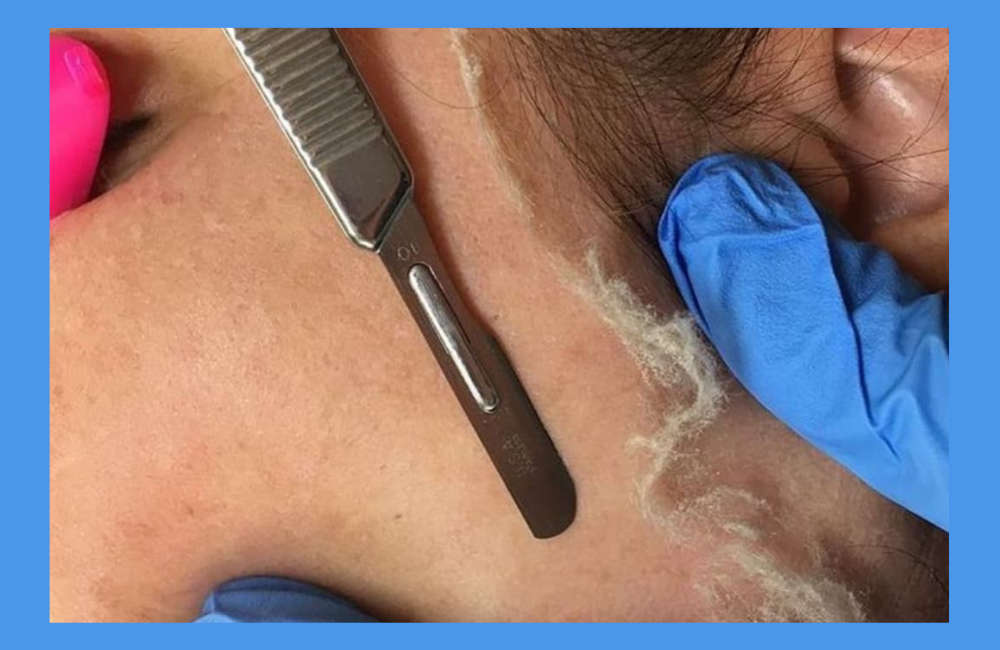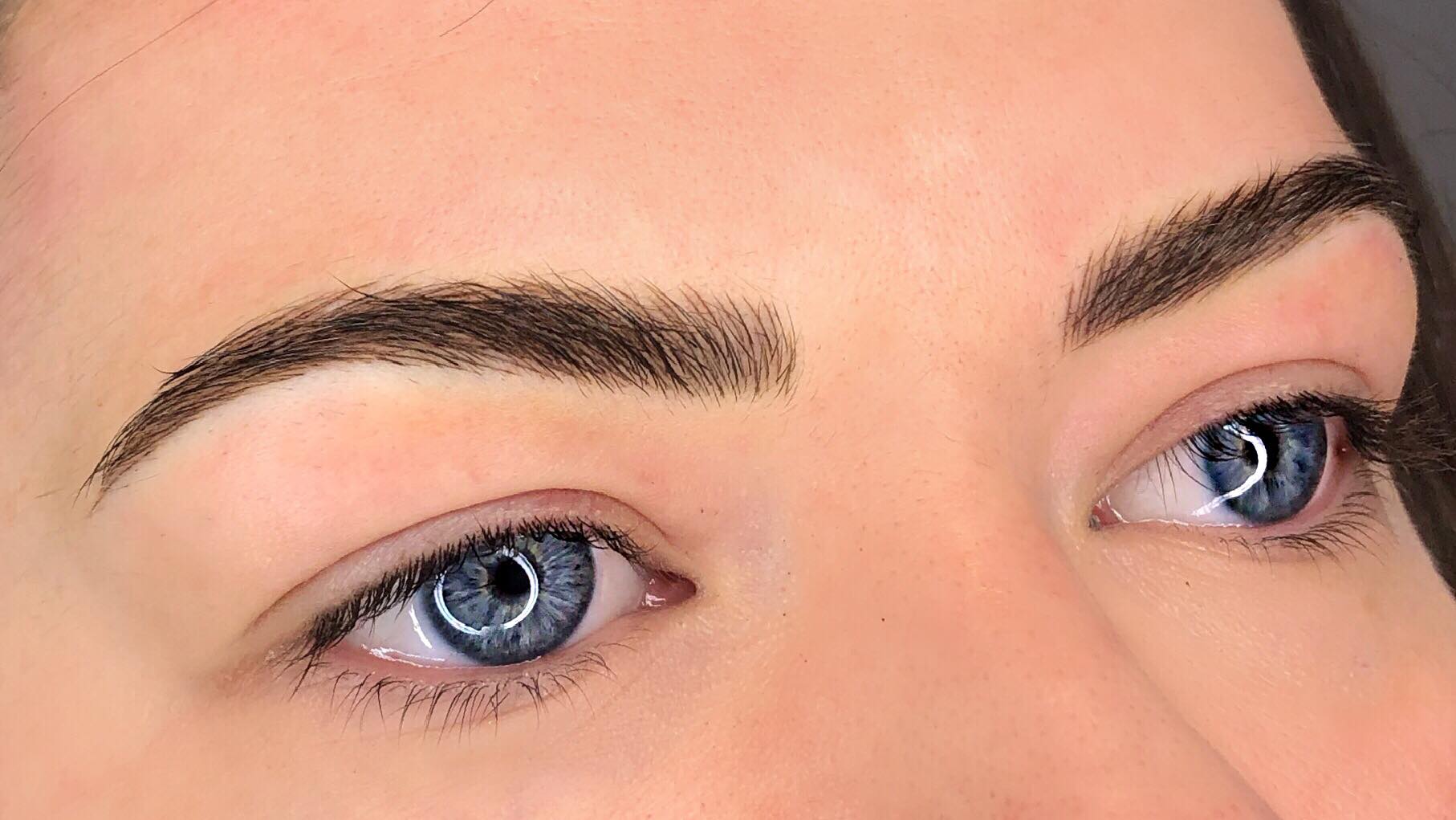
Dermaplaning is a popular skin care treatment and is a cosmetic procedure that removes the top layers of your skin.
What is dermaplaning?
The process involves using a scalpel at a 45-degree angle to remove peach fuzz and to lightly exfoliate the skin’s surface. The aim of dermaplaning is to make your skin smooth and radiant. It will get rid of all dead skin and oils from the skin meaning breakouts are less likely to happen.
Removing all the peach fuzz from your face is a big bonus as excess hair can trap oils and dirt which can lead to problems such as blocked pores and breakouts.
Who can get it done?
Dermaplaning can be used for anyone with:
- acne scars
- dull skin
- dry skin
- sun-damaged skin
- fine wrinkles
Dermaplaning is not always best for everyone, if you have deep cystic acne it is best to wait until the breakouts are clear before getting this treatment. It is also best if you have super sensitive skin to avoid this as it could irritate the skin.
What is the process?
First, any make-up will be removed from the skin and after the skin will be cleansed to remove any other product that may have been missed. Then the dermaplaning will start. The skin has to be slightly stretched when doing the treatment so there is a flat smooth surface to work with. Once the dermaplaning has taken place, depending on the beauty therapist they may give you the rest of the facial or they may add a skin soother such as aloe. They will apply some SPF to the skin as your skin will be more exposed to the sun than usual.
Is Dermaplaning painful?
Dermaplaning is pain-free and the most you will feel is a light gentle scratching along the skin.
What to expect after?
You will need no recovery time after the procedure, the most you will experience is redness but not for very long. You will notice that after having the treatment done your skin will be a lot brighter and be glowy. It is a myth that shaving will change hair growth, the dermaplaning does not have an effect on the base of the hair follicle therefore, hairs will not get thicker or darker.
What is the aftercare?
After getting demplaning you should:
- Keep your skin hydrated and moisturised after treatment
- Avoid heat, saunas, hot tubs, and sweaty activity for 24 hours
- Avoid products containing any exfoliating agents (retinoic acid, retinol, tretinoin, retinol, benzoyl peroxide, glycolic acid, salicylic acid, astringents, etc.) for 24 hours
- Do your usual skincare routine
- Not wear makeup for 24 hours
How often is dermaplaning needed?
It is best to wait a month/4 weeks between treatments, if you have sensitive skin you can make this longer.



